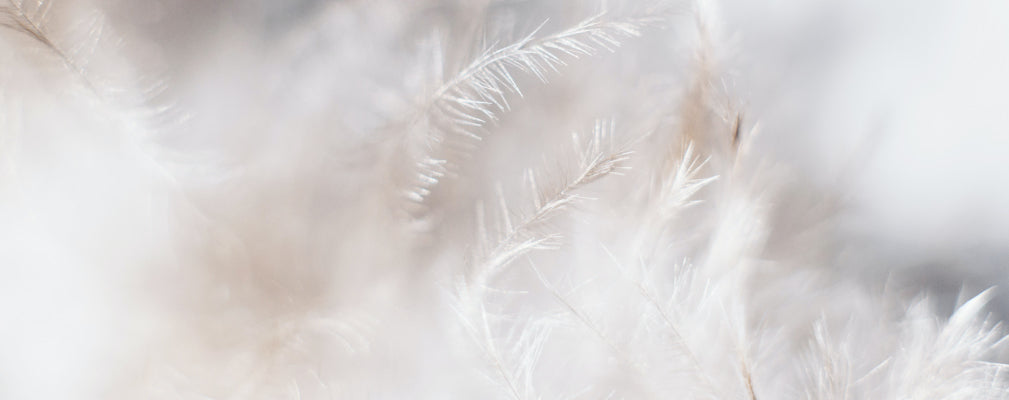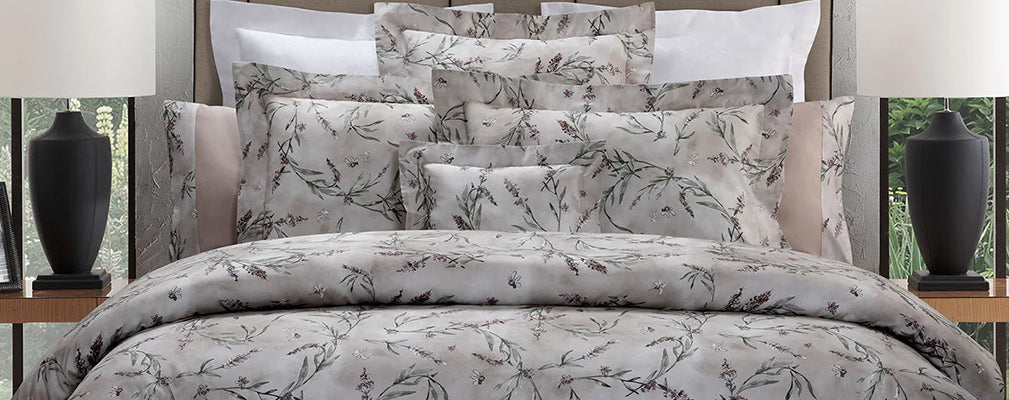Is there a difference between feather and down cluster? The answer is yes, and to choose a quality product it is necessary to know how these two raw materials differ.
When choosing linens for the home, it is very important to inquire about the materials you use: in fact, depending on your needs, you may opt for different products with different technical characteristics.
For example, when buying bedding, one of the indispensable items, especially for winter, is the duvet. Few people, however, know that duvets have multiple fillings with different characteristics.
In particular, fillings can be of two types:
- Synthetic: made through the synthesizing of petroleum;
- Natural: made of goose, duck or organic organic fibers (bamboo, hemp, pine, corn).
Difference between feather and down cluster
In this brief guide, we will offer you a summary of the two main types of filling namely feather and down cluster, illustrating for each the peculiarities that characterize them, in order to help you make the best choice in relation to your needs.

General characteristics of feathers
The feather present in duvets differs according to its origin (it is often goose, which is snow-white, or duck, which is darker and more valuable), or according to its type (feather and down cluster).
We are talking about a part of the bird's coat, the most superficial part, which covers the greatest extent of the body.
This has its own particular structure, consisting of the rachis, that is the central axis (divided into the calamus and the shaft) from which protrude the barbs, intertwined filaments that form the ensign.
The climate also influences the quality: generally, in fact, the best feathers are those from countries with the coldest climates.

Down cluster, the best part of the plumage
Down cluster differs from feather in its composition: it has no rachis or vesset. Its shape is that of a flake, with a central core (calamus) and barbs.
Another distinguishing feature of down is its extreme lightness: one flake, in fact, weighs just 2 to 3 milligrams; this means that about one million flakes are needed to produce one kilogram of down.
Down has exceptional qualities, the main ones being fluffiness, softness and breathability. For this reasons, duvet made from real down are the best: thanks to their ability to regulate body temperature according to that of the environment, they can be used in any season.
When it is hot, for example, our body temperature increases, generating sweat that is absorbed by the duvet thanks to its hygroscopic function. If we are inside an airy environment, then, this process is further promoted and our body stays dry and at the right temperature. Conversely, when it is cold and the body temperature decreases, the down's structure results in the formation of lots of air cells, which perform an insulating function, maintaining the microclimate between the human body and the duvet.
What are the qualities of down that make it so valuable?
- is produced in low quantities from the bird;
- it is extremely soft;
- it is lightweight;
- it does not sting;
- does not make noise when moved;
- has a high thermoregulatory property;
- manages to maintain a constant body temperature;
- is insulating and helps the body stay dry;
- is able to produce a lot of heat.
Feather: why is it of inferior quality?
Feather is of decidedly lower quality than down and is not used to make quality duvets.
On the contrary, we can find this raw material especially inside pillows, mattresses and toppers. But for what reasons is it not suitable for making quality duvets?
- it is not thermoregulatory;
- it is sharp because there is the rachis;
- it is not able to retain much heat;
- it is heavy;
- it stings;
- it produces noise.
Heat points
To choose a comforter based on the temperature in your home, you can refer to the heat points indicated for each product, which determine its thermal capacity: there are in fact light duvets (2 heat points), suitable for warm rooms; medium duvets (3 heat points) ideal for rooms where the temperature is medium; warm and extra warm duvets (with, respectively, 4 and 5 heat points) suitable for colder climates.

The filling power
Another important parameter to consider when choosing a duvet is the filling power, which is the filling capacity of the down, and it represents the ratio between the volume and weight of the filling: the higher this value is, the higher the quality of the product, as it can perform better and retain heat better.
When the duvet's volume is high but the weight is low, it means that the down used to make it is bulky, light, and of high quality. The difference between feather, and down cluster, and the technical differences of these materials, directly affect the filling power.
 |
 |
 |
|
|
Duvet 100% Siberian Goose Down - Luxury | Duvet 100% Hungarian White Virgin Goose Down - Comfort |





